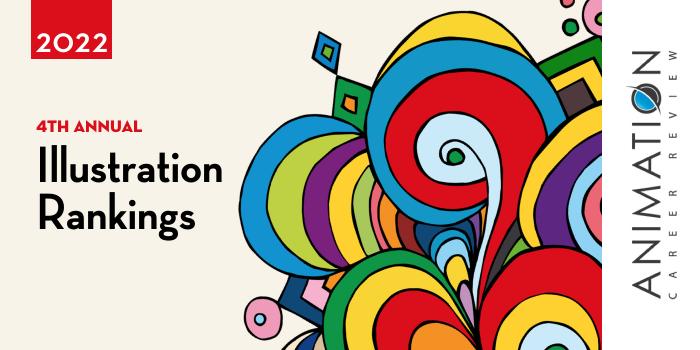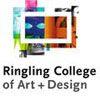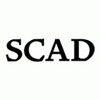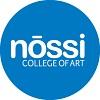Savannah College of Art and Design has an Illustration Program that allows students to declare a Minor and/or take courses in other disciplines such as Animation, Graphic Design, Visual Effects, Architecture, and Interactive Design and Game Development. In addition to these disciplines (all can be taken as a Minor), examples of Minors that complement the Illustration Program include Animated Illustration and Publication Design, Scientific Illustration, Illustration for Entertainment, Storyboarding, and Illustration for Surface Design. The SCAD Digital Publishing Certificate is another option for Illustrators who would like to study publishing and design fundamentals. Consisting of 30 credit hours, the Certificate Program explores Graphic Design, Interactive Design and Web Design, Print Production and Digital Environments, and Media Management.
Specific Illustration degree options include a BA in Visual Communication with an Illustration Concentration available at the Atlanta and Savannah campuses, a BFA in Illustration (Atlanta, Hong Kong, Savannah), the MA in Illustration (Atlanta, Savannah, eLearning), and the Illustration MFA Program (Atlanta, Savannah, eLearning).
At undergraduate level, all students will complete the SCAD Core before entering the major. Consisting of general education coursework and foundation studies, the SCAD Core includes courses such as Applied Physics, Visual Culture in Context: Making Modernites, Drawing I/II (Form and Space/ Composition and Media), Design I/II/III (Elements and Organization/3-D Form in Space/Time), Creative Thinking Theories and Processes, Digital Communication, Color: Theory and Application, Psychology of Group Processes, Speaking of Ideas, and The Geometry of Physical Space.
Across the BA and BFA programs, students will take courses such as Digital Illustration, Book Illustration, Materials and Techniques, Creative Concepting for World Building, Illustrating Beyond the Page: The Narrative Experience, Animated Illustration, Editorial Illustration, Contextual Character Design, Illustrating Beyond the Page: The Narrative Experience, and Color with Intent. Both programs require 180 credit hours to graduate, including 20 credit hours of free electives for the BA Program. Students in both pathways may participate in the SCAD internship program.
The Illustration BFA has four Concentration options: Illustration for Entertainment, Animated Illustration and Publication Design, and Concept Design for Entertainment. This professional degree program includes 10 hours in free electives and advanced courses such as Illustration Business Strategies and Entrepreneurship, Career Strategies for Illustration, and Professional Portfolio for Illustrators.
The 45 credit hour Illustration MA features a Graduate Internship, Directed Projects in Illustration, and the Illustration Final MA Project. The Illustration MFA consists of 90 credit hours and features two Graduate Internships, Advanced Studio Techniques, Illustration for Publications, Professional Practices in Illustration, Directed projects in Illustration, and Illustration Markets. Students in this terminal degree program may choose four electives at the 500 to 700 level.
All SCAD students may spend a quarter abroad at SCAD Lacoste or other study abroad locations. Other SCAD features include access to studio classrooms, state-of-the-art labs, drawing rooms, production studios, cutting tables, and Adobe Creative Cloud; visiting artists and speakers, creative collaborations between departments and with global brands; master classes, panel discussions, and the annual Sidewalk Arts Festival; and participation competitions and exhibits.
Graduates of the Illustration Programs at Savannah College of Art and Design have been recruited by Walt Disney Imagineering, ImagineFX, Bento Box Entertainment, A&E, Comedy Central, The New York Times, Game Informer, Revolver Studios, and Converse, among others.
Savannah College of Art and Design is accredited by the Southern Association of Colleges and Schools Commission on Colleges (SACSCOC). Founded in 1978, the school has campuses in Savannah, Atlanta, Hong Kong, and Lacoste, France. Serving more than 15,000 students from all 50 states and more than 100 countries, SCAD offers more than 100 degree programs and 75+ minors and certificate programs.












